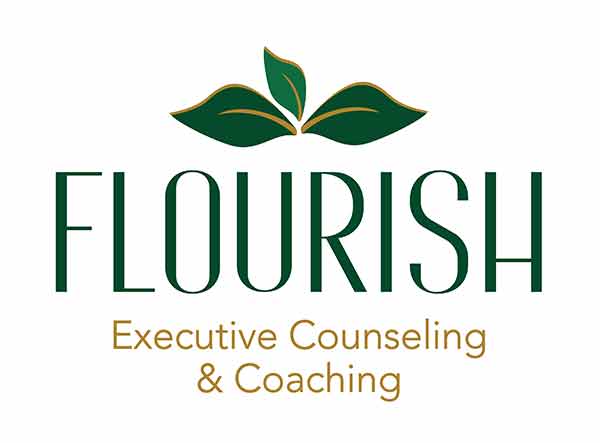What is Emotional Agility in Leadership?
After 20 years of coaching executives, I’ve seen a common theme: the most effective leaders aren’t just strategic thinkers, they are emotionally agile. Emotional agility is the ability to adapt your mindset, communication, and behavior to fit the needs of each situation and stakeholder.
As Harvard psychologist Susan David explains:
“Emotional agility is about loosening up, calming down, and living with more intention. It’s about choosing how you’ll respond to your emotional experience, rather than reacting to it.”
For senior leaders, this means recognizing that one approach won’t work for everyone. The way you coach one employee may not resonate with another. The way you handle a customer’s concerns today may need to shift tomorrow. Agility ensures you can flex your style to stay effective across personalities, challenges, and environments.
Why Does Emotional Agility Matter for Leaders?
Without agility, leadership becomes rigid. And rigid leadership often leads to:
- Miscommunication with team members who have different working styles
- Lost opportunities with customers who require personalized engagement
- Increased burnout when leaders feel stuck in unproductive habits
When leaders practice emotional agility, they create stronger relationships, foster trust, and drive long-term success. In fact, it’s just as essential for managing external customer relationships as it is for leading internal teams.
This ties closely to what I’ve written before about managing emotions in the workplace. Leaders who can understand and regulate their own emotions are far better positioned to adapt to those of others.
How Can Leaders Build Emotional Agility?
The good news: emotional agility isn’t a personality trait, it’s a skill you can develop. Here are three powerful ways to start:
- Gather Feedback with Assessments
At Flourish, we use scientific tools like the Leadership Circle Profile 360 to help leaders understand how they currently show up versus how they want to show up. The data provides immediate insight into strengths and blind spots, making emotional growth more tangible. (You can learn more about the Collective Leadership Assessment here).
- Recognize Your “Saboteurs”
Negative mental patterns, what I call internal saboteurs, often hold leaders back. Left unchecked, they fuel stress and rigidity. In my blog on Why Leaders Thrive with a Coach-Therapist, I shared how one CFO shifted his mindset once he learned to manage these patterns.
- Practice Adaptive Communication
Agile leaders know that one size doesn’t fit all. For example, when delegating, what works for a confident direct report may not work for one struggling with imposter syndrome. If delegation feels risky for you, you may enjoy my blog on Overcoming the Fear of Letting Go
A Story of Agility in Action
One executive I worked with realized her “one-size-fits-all” approach was alienating both her team and customers. Through 360 feedback, she discovered that while her decisiveness was appreciated in crisis situations, it came across as dismissive during brainstorming sessions. By learning to flex between “decisive leader” and “curious collaborator,” she built stronger team buy-in and grew her customer base.
FAQs About Emotional Agility for Leaders
- Is emotional agility the same as emotional intelligence (EQ)?
Not exactly. EQ is about understanding and managing emotions – yours and others’. Emotional agility is the application of that EQ to flex your leadership style in real time.
- Can anyone learn emotional agility, even if it doesn’t come naturally?
Yes. While some leaders are naturally empathic or adaptable, these are learnable skills. With feedback, coaching, and practice, anyone can improve.
- How do I know if I’m emotionally agile?
If you can adjust your leadership style based on context and stakeholder needs without losing your authenticity, you’re practicing agility. Assessments and coaching can provide a clearer picture.
For a deeper dive into how emotional agility works in leadership, see “Emotional Agility” by Susan David & Christina Congleton in Harvard Business Review, a foundational piece that describes how leaders can shift from rigid or reactive responses toward values-driven, flexible ways of being.
Rigid leadership doesn’t work in a complex, fast-changing world. Developing emotional agility ensures you’re not just managing tasks, you’re inspiring people, strengthening relationships, and sustaining your own resilience.
If you’re curious about how emotionally agile you are as a leader, I’d love to explore it with you.
Let’s connect for a complimentary 20-minute conversation. Together, we can uncover the emotional patterns that either fuel or hinder your effectiveness as a leader.

